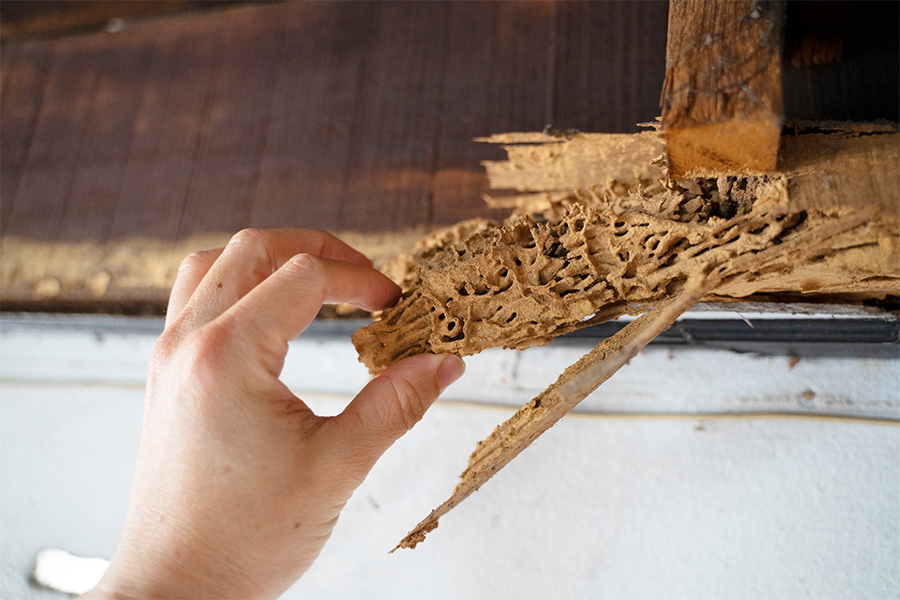-
Disposal of dead birds can be a problem for poultry growers. Typical methods of mortality disposal include burial, incineration, rendering, and composting. Many states have banned the use of burial pits that historically have been used to dispose of dead birds. Incineration can be costly and raise air quality concerns, and the decreasing number of renderers further complicates disposal. Composting is considered a positive alternative method of processing dead birds in an environmentally sound manner. This relatively inexpensive method of using dead birds has gained wide acceptance throughout the poultry industry.
|
-
The majority of the plants used for interior decoration are considered “foliage plants” because of the highly decorative value of their leaves. Most of them originated in tropical and subtropical areas of the world and are adapted to low light levels, making them a natural choice for interior environments.
|
-
Research on improving broiler housing is ongoing. Energy costs are becoming more significant to the grower’s bottom line and housing construction, equipment and operation will be paramount in helping to make sure the houses are operated as efficiently as possible. As technology and equipment is redesigned and developed, researchers will continue to examine how broiler housing can be heated, cooled, and built in such a way that modern broilers continue to reach their genetic potential using the most economical and efficient methods.
|
-
Quality of chicks, feed and water are all of great concern to broiler producers, but quality of litter in broiler houses is seldom given sufficient emphasis. This is unfortunate because birds are in continuous contact with litter. Litter conditions significantly influence broiler performance and, ultimately, the profits of growers and integrators. Litter is defined as the combination of bedding material, excreta, feathers, wasted feed and wasted water.
|
-
Conflict prevention measures can be both tangible and intangible in nature. Communication skills and disseminating information may be as important as minimizing odors or pests through improved management practices. The following are practices and suggestions that can help poultry farmers maintain or improve neighbor relations. Proper manure handling practices are foremost points to consider in avoiding potential nuisance complaints or court action.
|
-

Though subterranean termites are a normal component of soil around buildings, structural infestations are not necessarily inevitable. As discussed later, a home’s susceptibility to termite infestation is dependent upon a number of things, including construction type, home maintenance, landscaping, and perhaps conditions in and around the structure that favor the activity, growth and survival of local termite populations.
|
-
Although rare, Formosan subterranean termite infestations have been found in Georgia. Formosan termites are not native to the U.S. They are commonly spread by movement of infested railroad crossties used in the construction of retaining walls and other landscape features.
|
-
A relatively new peach tree training system is being adopted by some southeastern peach growers; it is an easy, low-maintenance system that can be used even in the home orchard.
|